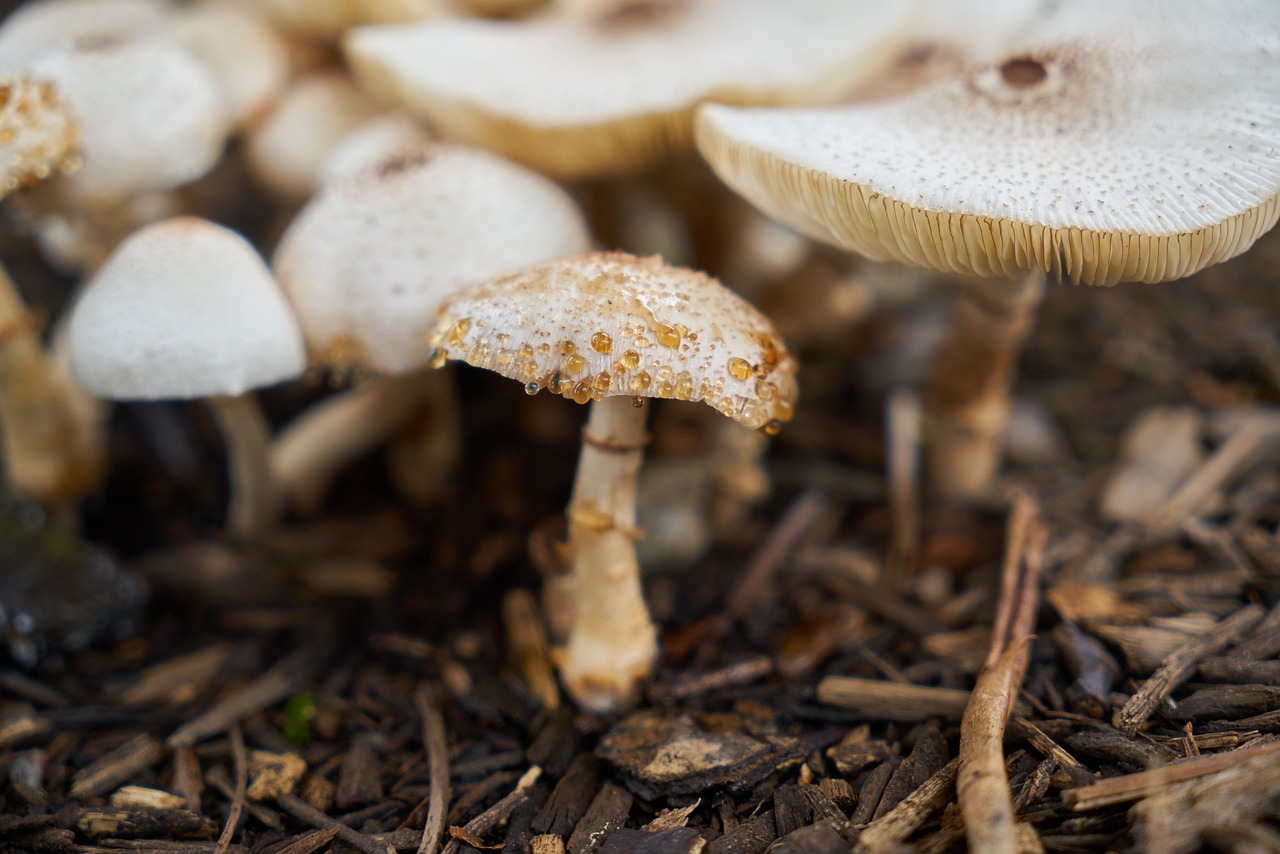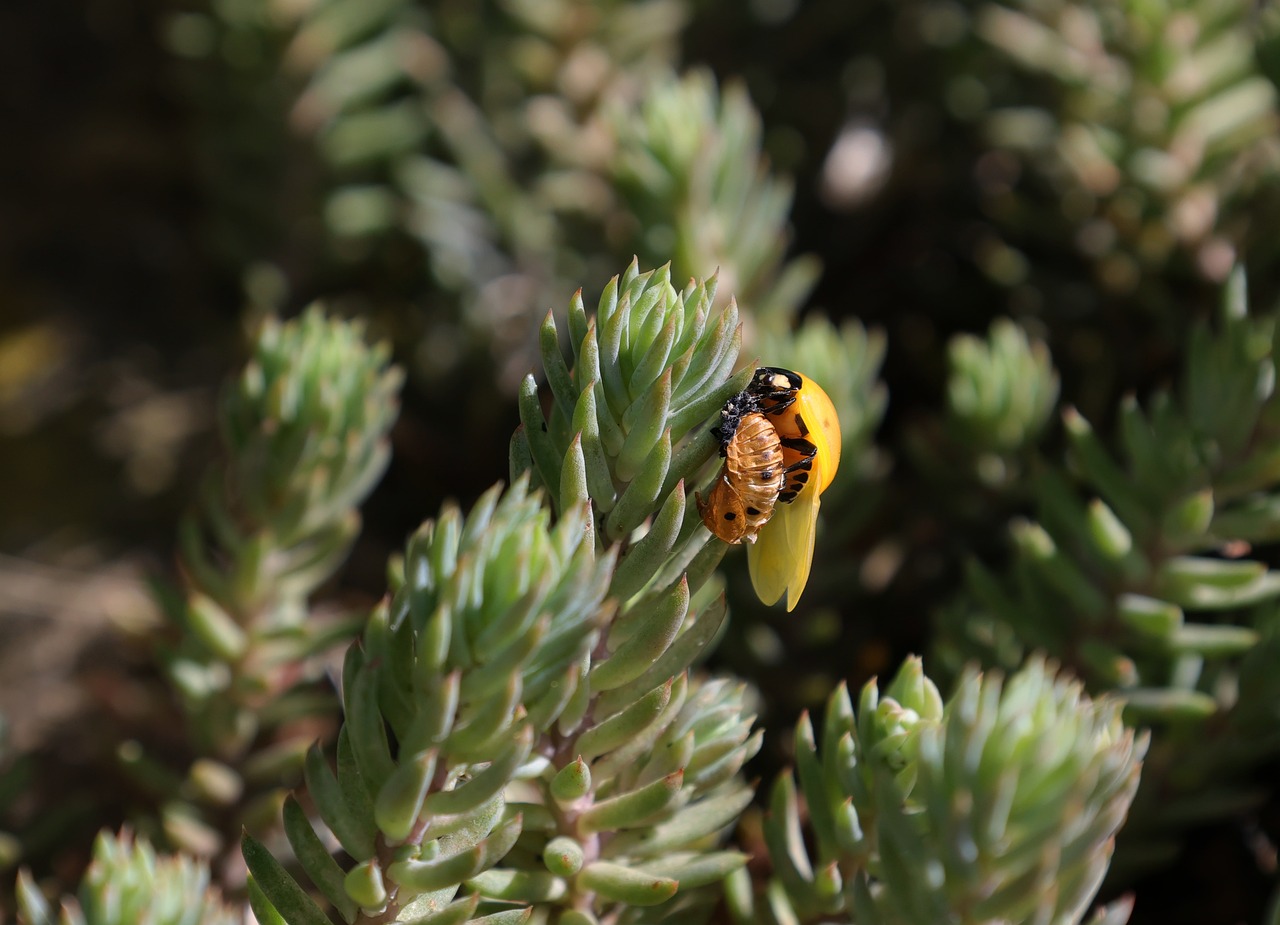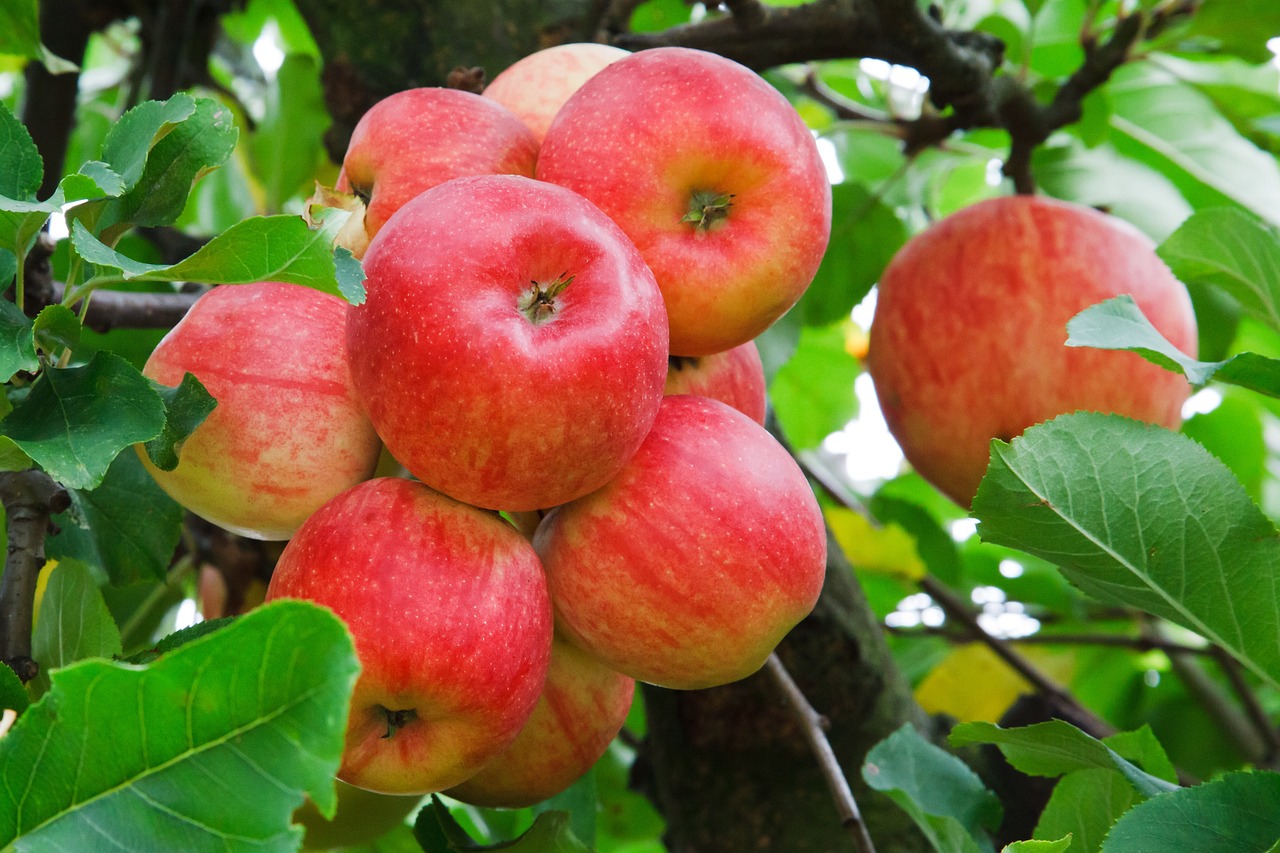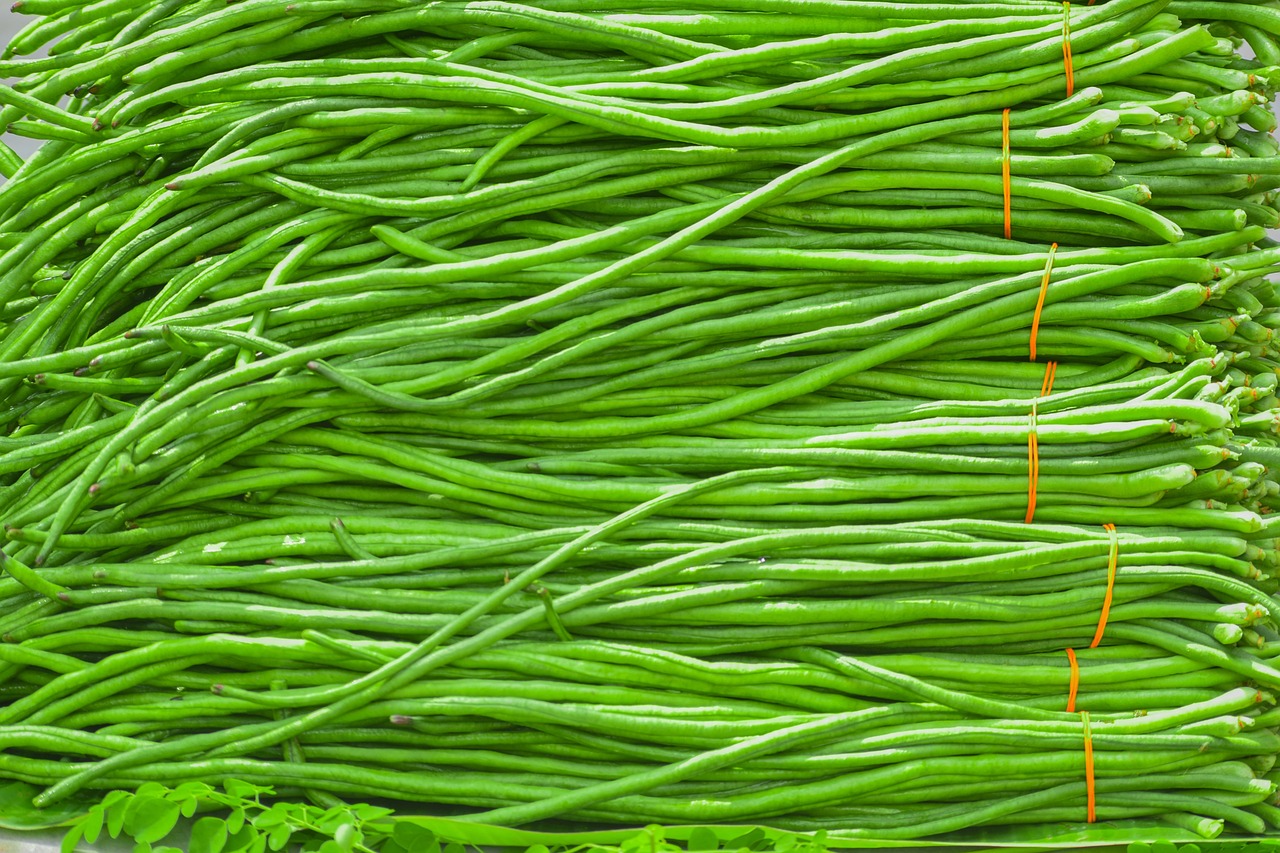Are you interested in growing your own edible mushrooms at home? It’s a fun and rewarding hobby that can provide you with fresh, flavorful mushrooms for cooking and eating. But where do you start? With so many different types of mushrooms and growing methods to choose from, it can be overwhelming.
In this article, we’ll guide you through the basic strategies for growing edible mushrooms at home. We’ll help you choose the right type of mushroom for your space and goals, prepare your growing environment, source quality spawn and substrate, maintain optimal growing conditions, and harvest and store your freshly grown mushrooms.
Whether you’re a beginner or an experienced gardener, you’ll find plenty of useful tips and tricks to help you grow delicious mushrooms right in your own home. So let’s get started!
Choosing the Right Type of Mushroom for Your Space and Goals
You’ll want to choose the perfect mushroom for your home and goals, so you can feel confident in your ability to grow and enjoy delicious, fresh produce.
One of the first things to consider is whether you will be growing your mushrooms indoors or outdoors. Indoor growing techniques are often simpler and require less space, making them a great choice for beginners. On the other hand, outdoor growing techniques can yield larger harvests and offer more variety in terms of mushroom types, but they require more space and more advanced knowledge.
Another factor to consider when choosing the right mushroom for your space and goals is your level of experience. If you’re new to mushroom growing, it’s best to start with a beginner-friendly variety such as oyster or shiitake mushrooms. These mushrooms are relatively easy to grow and require minimal equipment and maintenance.
For more advanced growers, there are a variety of exotic and rare mushroom types to experiment with, such as lion’s mane or enoki mushrooms. Whatever your goals and experience level, there is a mushroom variety out there that will fit your needs and help you produce delicious, fresh mushrooms right in your own home.
Preparing Your Growing Environment
To create the perfect environment for your mushrooms, start by gathering materials such as a container, substrate, and spawn.
The container should be a size that fits the amount of substrate you have and provides enough space for growth.
The substrate is the material where the mushrooms will grow, and it could be straw, sawdust, or compost.
Spawn is the material that contains the spores or mycelium of the mushroom, and it’s used to inoculate the substrate.
Controlling humidity is an essential factor in growing edible mushrooms at home. Mushrooms require a high level of moisture to grow, but too much moisture can lead to mold and bacterial growth.
The ideal humidity level for most mushrooms is between 70% to 90%.
You can achieve this by misting the growing environment with water or using a humidifier.
Lighting requirements for mushrooms are minimal.
They require indirect light, and natural light from a window or gentle artificial light will suffice.
Avoid direct sunlight as it can overheat the growing environment.
Sourcing Quality Spawn and Substrate
If you’re looking for the best spawn and substrate for your mushroom growing project, it’s important to do your research and find reputable suppliers that offer high-quality materials.
There are many spawn suppliers to choose from, but not all of them are created equal. Look for suppliers that offer a wide variety of spawn options and have a good reputation within the mushroom growing community.
It’s also important to consider the type of mushroom you want to grow and make sure the supplier offers spawn for that particular species.
When it comes to substrate types, there are several options to choose from. Some popular choices include straw, sawdust, and compost. Each substrate has its own pros and cons, so it’s important to research which one will work best for the type of mushroom you want to grow.
Make sure to also consider the availability and cost of the substrate, as some options may be harder to find or more expensive than others.

With a little bit of research and careful consideration, you can find the best spawn and substrate for your mushroom growing project.
Maintaining Optimal Growing Conditions
Maintaining optimal growing conditions requires attention to detail and careful monitoring of the environment in which your mushrooms are growing. One of the critical factors to consider is humidity control. Mushrooms thrive in a humid environment, so it’s essential to maintain a consistent level of moisture throughout the growing process.
You can achieve this by misting the growing area regularly or using a humidifier to keep the humidity level at around 80%. However, be careful not to over-mist the area, as too much moisture can lead to the growth of mold and other harmful fungi.
Another essential factor to consider when growing edible mushrooms at home is temperature regulation. Different mushroom species grow best at different temperatures, so it’s crucial to know the ideal temperature range for the type of mushroom you are growing. Generally, most mushrooms grow well in temperatures ranging from 60°F to 75°F.
Ensure that the growing area is kept within this range by using a thermometer to monitor the temperature regularly. You can also regulate temperature by using a heating mat or a space heater to warm the area or by using a fan to cool it down if it gets too warm.
By maintaining optimal humidity levels and temperature, you can ensure that your mushrooms grow healthy and produce a bountiful harvest.
Harvesting and Storing Your Freshly Grown Mushrooms
After all your hard work, it’s finally time to reap the rewards by harvesting and storing your freshly grown mushrooms. When it comes to harvesting, timing plays a crucial role.
The ideal time to harvest your mushrooms is when the caps have fully opened, but before the gills begin to darken and release spores. Use a sharp knife or scissors to cut the stem as close to the base as possible. Avoid pulling the mushrooms out of the substrate, as this can damage the mycelium and decrease future yields.
Once you’ve harvested your mushrooms, it’s important to store them properly to preserve their flavor and texture. Mushrooms can be stored in the refrigerator for up to a week, but the best way to preserve them for longer periods is by using preserving methods such as drying or pickling.
Dried mushrooms can be rehydrated and used in soups, stews, and other dishes, while pickled mushrooms add a tangy flavor to salads and sandwiches. With so many culinary uses, your freshly grown mushrooms are sure to add a delicious and healthy touch to your meals.
Frequently Asked Questions
Can edible mushrooms be grown in a small apartment?
Yes, you can grow edible mushrooms in a small apartment using vertical farming techniques or mushroom kits. These methods require minimal space and can produce a variety of delicious mushrooms for your consumption.
How long does it take for mushrooms to grow from spawn to harvest?
It takes about 3 to 4 weeks for mushrooms to grow from spawn to harvest. Successful growth depends on proper spawn preparation and harvesting techniques, such as using a sharp knife to cut the stems close to the substrate.
Is it possible to grow mushrooms indoors without natural light?
Yes, you can grow mushrooms indoors without natural light. LED grow lights can be used as an alternative source of light. You can also use alternative growing mediums like sawdust, straw, or coffee grounds.
What is the most common mistake people make when growing mushrooms at home?
The most common growing mistakes when cultivating mushrooms at home include improper sterilization, inadequate humidity levels, and choosing the wrong substrate. Troubleshooting tips include adjusting humidity, increasing air flow, and using a different substrate.
How can I tell if my mushrooms are safe to eat?
To determine if your mushrooms are safe to eat, mushroom identification is essential. Toxicity testing can also be done by consuming small amounts first or consulting with a mycologist or poison control center.
Conclusion
Congratulations on taking the first steps towards growing your own edible mushrooms at home! By choosing the right type of mushroom for your space and goals, preparing your growing environment, sourcing quality spawn and substrate, and maintaining optimal growing conditions, you’re on your way to a successful harvest of delicious and nutritious mushrooms.
Remember to stay patient and attentive throughout the growing process, as mushrooms require a delicate balance of moisture, temperature, and light. With a little dedication and effort, you’ll soon be rewarded with a bountiful crop of fresh mushrooms to enjoy in your favorite dishes.
So, get started today and watch your mushroom garden flourish!










